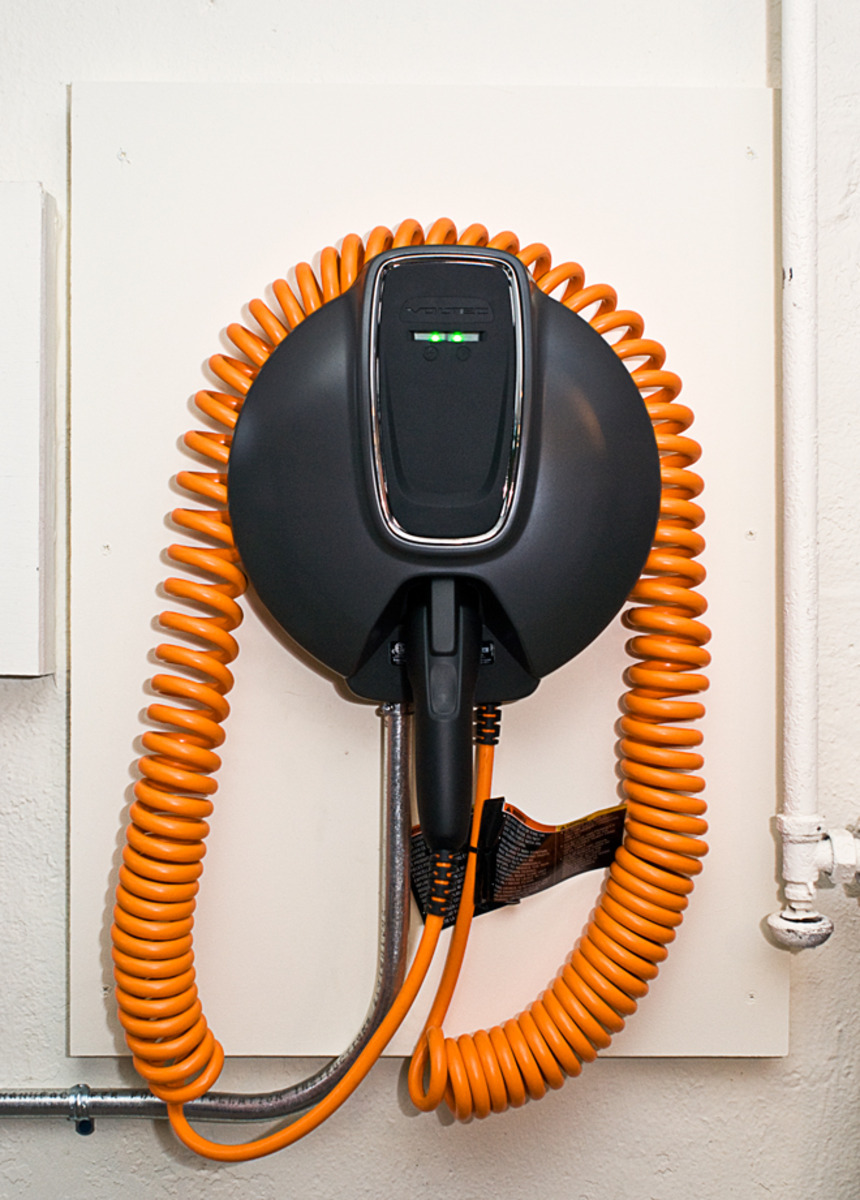After just shy of four years, two distinct body styles, much disbelief, and more press releases than we can count, the 2011 Chevrolet Volt extended-range electric car is here.
We'll be driving the 2011 Volt this week, and we have a lot of questions about what the car is like.
But we expect you do, too, so here's our offer: Send us your questions about the Chevy Volt--any aspect at all of the car, the charging process, or the launch of GM's first electric car since the late lamented EV1--and we'll do our best to provide you with answers.
To spark your thoughts, remember that we drove a pre-production 2011 Volt in January. At that time, we remarked on its smooth delivery of electric power and the consistent performance in both electric and range-extended modes.
As a range-extended electric car (known as a series hybrid, not a "hybrid" as the phrase is used by the car-buying public), the Chevrolet Volt runs solely on electricity that powers an electric motor driving the front wheels.

2011 Chevrolet Volt 240V charging station
The 16-kilowatt-hour lithium-ion battery pack can be recharged (in roughly five hours or less) by plugging it into a 110-Volt or 220-Volt wall outlet, although Chevrolet also offers a home charging station for $490 (plus $1,475 installation).
Once the battery pack is depleted (after 25 to 50 miles, depending on usage), the 1.4-liter range extender engine switches on to power a generator that provides power to continue running the car for another 300 miles or so.
Adding gasoline to Refueling the Volt is just like a standard vehicle; it has both a recharging port and a gasoline door, depending on which energy source you're using.
The 2011 Chevrolet Volt goes on sale in California and other regions next month for $41,000, and is eligible for a $7,500 Federal tax credit plus various state incentives.
To send us your questions, just leave them in the Comments section below. Or, you can e-mail them to: feedback (at) highgearmedia (dot) com.













